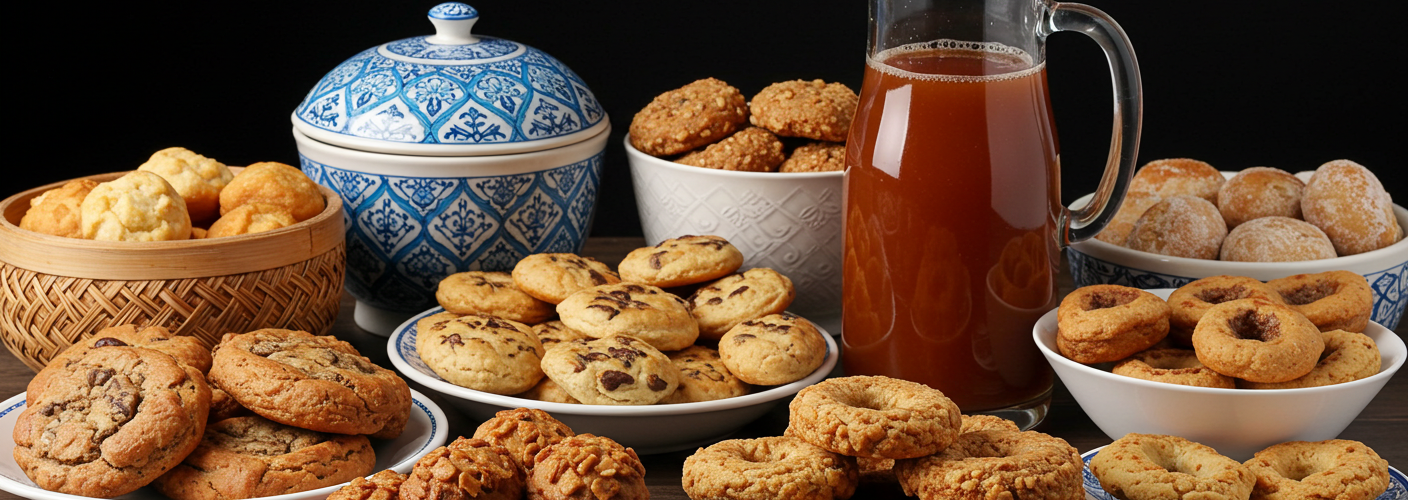Uzbekistan, a nation steeped in history and culture, is also home to a vibrant and diverse culinary scene that reflects its traditional roots and regional influences. The cuisine of Uzbekistan is characterized by its hearty flavors, colorful presentations, and the use of fresh, locally sourced ingredients. Understanding the basics of Uzbek food will not only satisfy your cravings but also offer a glimpse into the country’s customs and hospitality.
At the heart of Uzbek cuisine lies the famed plov, a staple dish that serves as a symbol of national identity. Plov, also known as pilaf, is a fragrant dish made with rice, meat (typically lamb or beef), carrots, and spices such as cumin and coriander. Each region of Uzbekistan boasts its own variation of plov, with unique ingredients and cooking methods. The process of preparing plov is often a communal affair, bringing families and friends together to partake in the joy of cooking.
Another signature dish that embodies Uzbekistan’s culinary identity is manti, which are steamed dumplings filled with meat and onions. They are commonly served with a dollop of sour cream or a spicy tomato sauce, making them a delightful appetizer or side dish. Manti showcases the Uzbek penchant for comfort food, combining simple ingredients into a satisfying meal.
Samsa, savory pastries filled with minced meat and spices, are another beloved treat. These flaky pies are typically baked in a tandoor, giving them a distinct flavor and texture. They can also be made with various fillings, including vegetables or cheese, catering to different palates. You’ll often find street vendors selling samsa, making them a convenient snack for those on the go.
When it comes to soups, lagman is a dish that stands out for its hearty combination of handmade noodles, meat, vegetables, and a fragrant broth. Lagman is traditionally served either as a soup or stir-fried, allowing for flexibility in how it’s enjoyed. This dish showcases the influence of neighboring cultures, as it incorporates elements found in Chinese and Central Asian cooking.
No exploration of Uzbek cuisine would be complete without mentioning the bountiful array of bread. Non, a traditional Uzbek flatbread, is a key part of any meal and is often baked in a tandoor as well. Its round shape and golden crust make it a staple accompaniment for plov, soups, and other dishes. Bread holds a special place in Uzbek culture, symbolizing hospitality and sustenance.
The use of spices plays a crucial role in creating the distinct flavors of Uzbek dishes. Cumin, coriander, black pepper, and chili peppers are commonly used, giving the food a warm and inviting character. Fresh herbs, such as dill and parsley, are also integral to Uzbeks’ cooking, adding color and depth.
For dessert, traditional sweets like halva and baklava offer a sweet end to any meal. These treats are often prepared for special occasions and celebrations, highlighting the celebratory nature of Uzbek food culture.
In summary, Uzbekistan’s food is not only about flavors and textures but also about the stories and traditions that accompany each dish. From the communal experience of sharing plov to the warmth of freshly baked non, Uzbek cuisine invites you to explore, savor, and celebrate the rich culinary heritage of this Central Asian gem. Whether you’re trying your hand at preparing these dishes or seeking them out at local restaurants, the flavors of Uzbekistan promise an unforgettable culinary journey.




Add comment